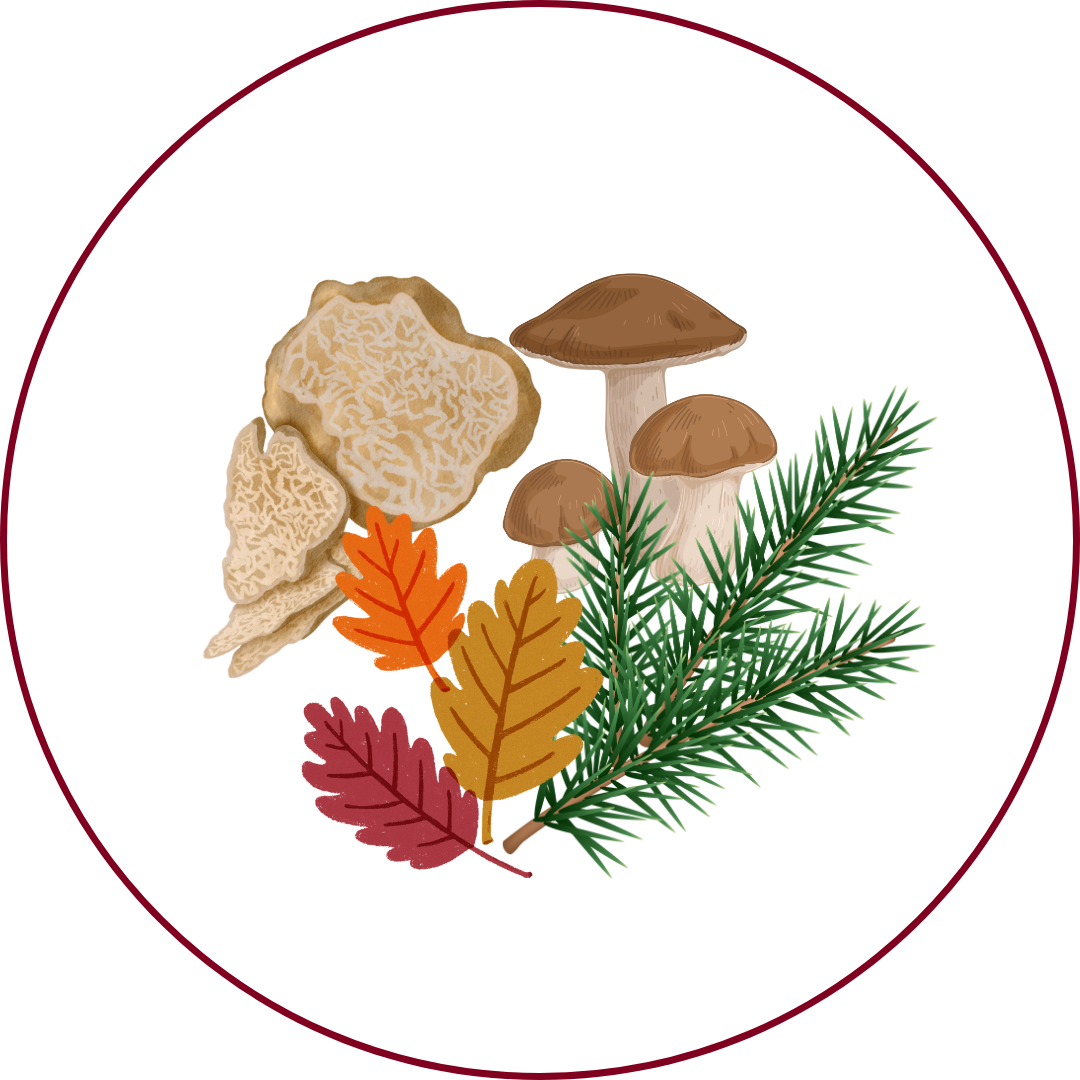Grape Variety
Isabella
"ih-zuh-BEL-uh"
Wine Styles
 Sparkling
Sparkling Light White
Light White Full White
Full White Aromatic
Aromatic Rosé
Rosé Light Red
Light Red Medium Red
Medium Red Full Red
Full Red Dessert
DessertAbout Isabella
Origin
United States
History
Isabella is an American hybrid grape variety, believed to be a natural cross between Vitis labrusca and Vitis vinifera species. It was discovered in 1816 by William Prince in Dorchester, South Carolina, and named after Isabella Gibbs, the wife of a friend. The grape gained popularity in the 19th century for its resistance to phylloxera and adaptability to various climates. It became widely cultivated in the United States and was later introduced to Europe, where it played a role in combating phylloxera infestations. Today, Isabella is grown in regions such as Eastern Europe, Turkey, Latin America, and parts of Asia.
Appearance
Medium to large, loosely packed clusters of dark purple to almost black berries with a thick bloom.
Growing Traits
Isabella is a hardy and vigorous vine, known for its resistance to diseases like phylloxera and its adaptability to various climates, including humid and cooler regions. It is a late-ripening variety, often harvested in October, and can tolerate temperatures as low as -24°C (-11°F). The grape is a slip-skin variety, meaning the skin separates easily from the pulp, which is characteristic of Vitis labrusca species.
Wine Characteristics
Body
2/5
Sweetness
2/5
Tannin
1/5
Acidity
4/5
Alcohol
2/5
Light to medium-bodied with a distinctive 'foxy' character, typical of Vitis labrusca varieties. Typically vinified in a dry style, though some off-dry and sweet versions exist, especially in homemade wines. Low tannin levels, resulting in a smooth and approachable palate. Moderate to high acidity, contributing to its freshness and suitability for various wine styles. Moderate alcohol content, generally ranging between 10% and 12%, making it a light and easy-drinking wine.
Taste Profile

Strawberry

Raspberry

Grape Jam

Earthy

Musk
Isabella wines are characterized by pronounced aromas of strawberries and raspberries, accompanied by the distinctive 'foxy' notes typical of Vitis labrusca varieties. On the palate, they offer a light to medium body with moderate acidity, showcasing flavors of concord grape, earthy undertones, and a subtle musky finish. The wines are generally straightforward, making them approachable for casual consumption.
Food Pairing
Isabella's light to medium body and distinctive 'foxy' character make it a versatile pairing for various dishes. It complements grilled meats, particularly pork and chicken, as well as hearty stews and pasta with tomato-based sauces. The grape's natural acidity and fruity profile also make it suitable for pairing with aged cheeses and charcuterie. In regions like Brazil, Isabella wines are often enjoyed with traditional dishes such as feijoada (a black bean stew) and churrasco (barbecue).
Growing Regions

United States
New YorkSouth Carolina

Brazil
Rio Grande do Sul

Japan
Yamanashi Prefecture

Russia
Krasnodar Krai

India
Karnataka
Notable Wines & Producers
Uhudler
Uhudler Cooperative Association
Fragolino
Various Italian Homemade Producers
Isabel
Vinícola Aurora (Brazil)
Isabella FAQ
Common questions about this grape variety
What is the origin of Isabella?
+
United States
Is Isabella wine full bodied?
+
Isabella has a body level of 2 out of 5. Which means that Isabella is Moderate to Light bodied.
Is Isabella wine dry or sweet?
+
Isabella has a dryness level of 2 out of 5. Which means that Isabella is Semi-Dry.
Where is Isabella wine from?
+
United States
Where is Isabella grown?
+
Isabella is grown in United States (New York, South Carolina)Brazil (Rio Grande do Sul)Japan (Yamanashi Prefecture)Russia (Krasnodar Krai)India (Karnataka).
What is Isabella like?
+
Isabella wines are characterized by pronounced aromas of strawberries and raspberries, accompanied by the distinctive 'foxy' notes typical of Vitis labrusca varieties. On the palate, they offer a light to medium body with moderate acidity, showcasing flavors of concord grape, earthy undertones, and a subtle musky finish. The wines are generally straightforward, making them approachable for casual consumption.
What does Isabella pair with?
+
Isabella's light to medium body and distinctive 'foxy' character make it a versatile pairing for various dishes. It complements grilled meats, particularly pork and chicken, as well as hearty stews and pasta with tomato-based sauces. The grape's natural acidity and fruity profile also make it suitable for pairing with aged cheeses and charcuterie. In regions like Brazil, Isabella wines are often enjoyed with traditional dishes such as feijoada (a black bean stew) and churrasco (barbecue).
What does Isabella taste like?
+
Isabella wines are characterized by pronounced aromas of strawberries and raspberries, accompanied by the distinctive 'foxy' notes typical of Vitis labrusca varieties. On the palate, they offer a light to medium body with moderate acidity, showcasing flavors of concord grape, earthy undertones, and a subtle musky finish. The wines are generally straightforward, making them approachable for casual consumption.
Take Isabella Knowledge with You
Access detailed grape profiles, tasting notes, and pairing suggestions on your iPhone.
Download on theApp Store